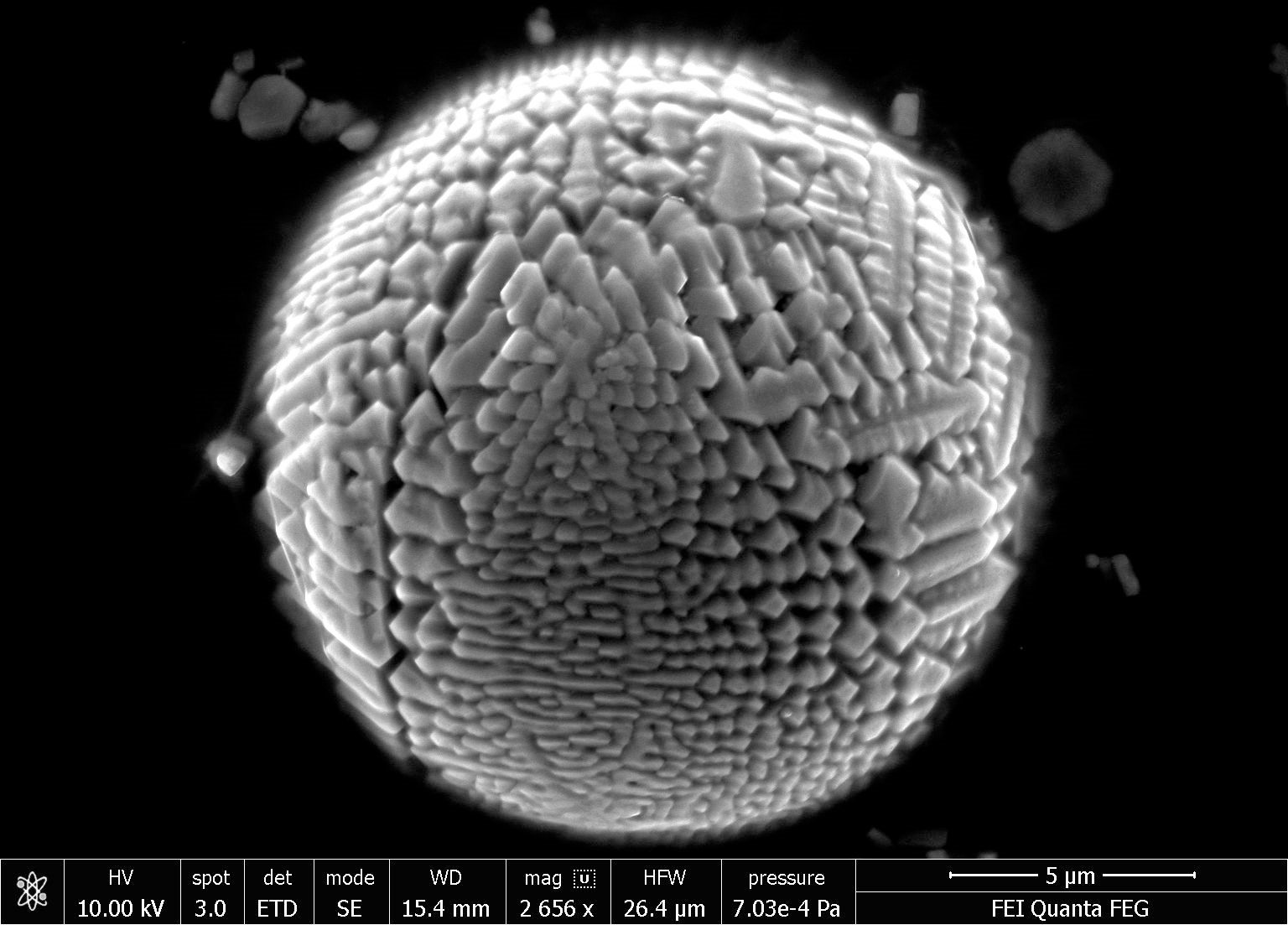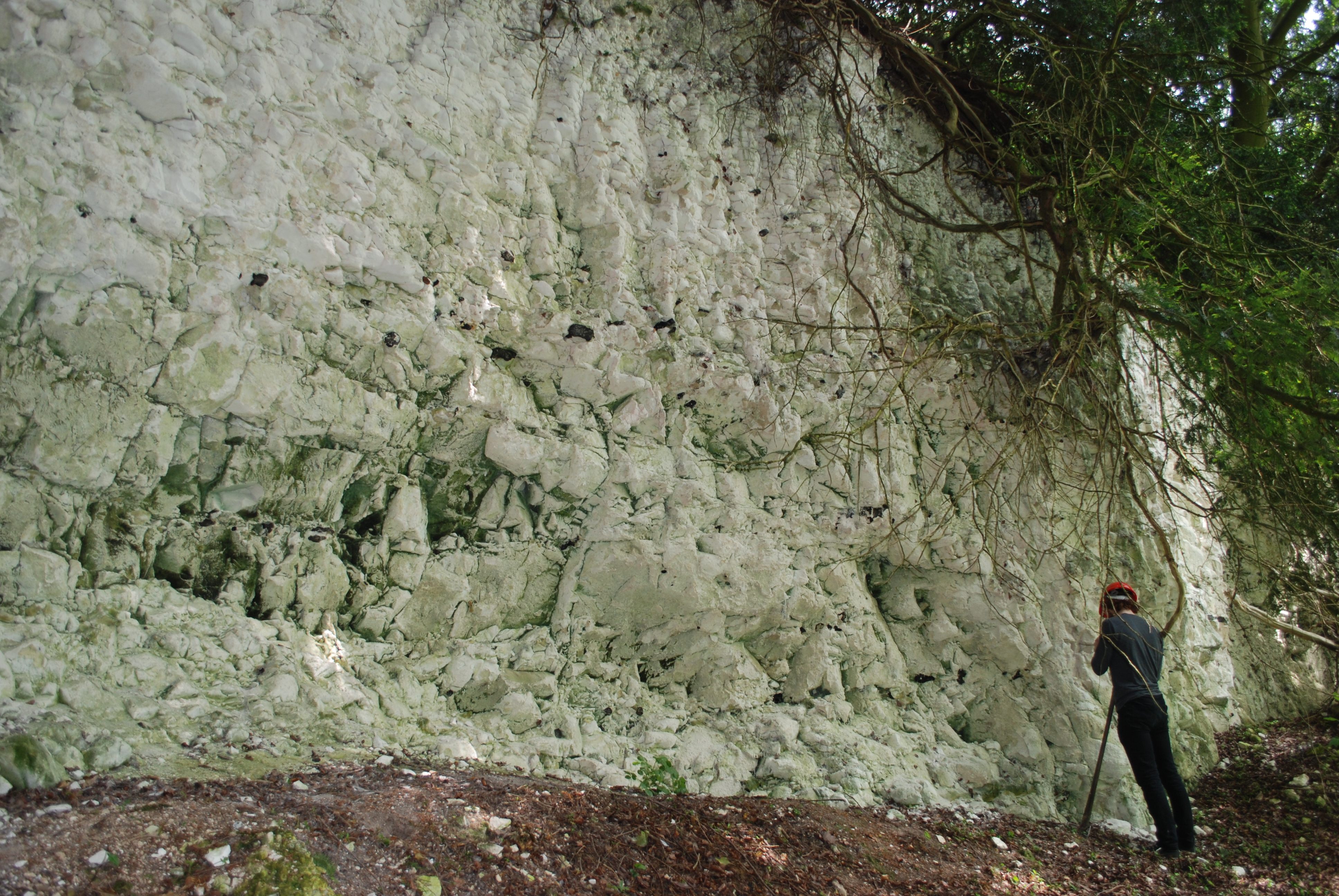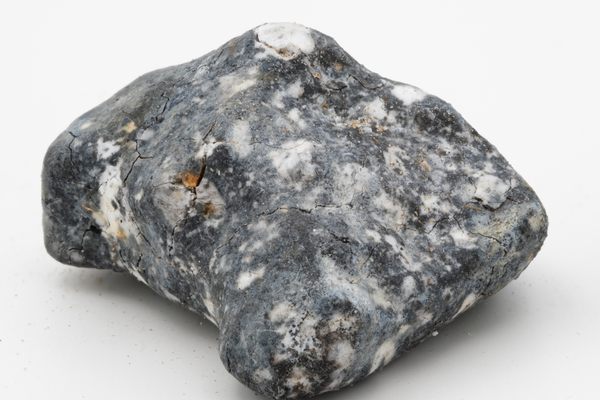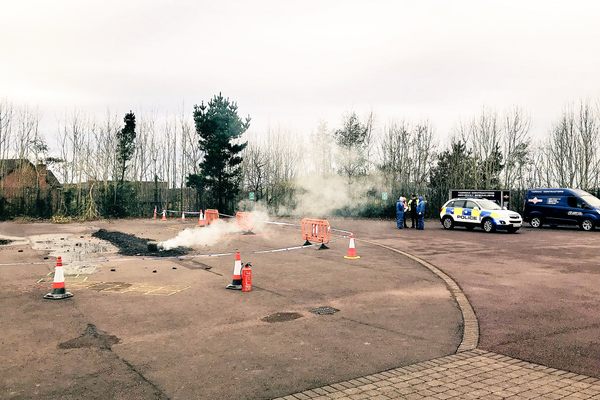Found: Fossil Space Dust Hidden in the White Cliffs of Dover
Micrometeorites are surprisingly beautiful up close.

Here’s a wonderful word to add to your vocabulary: Micrometeorites.
Micrometeorites are teeny particles, less than a millimeter in size, that made it through Earth’s atmosphere from space. They are extraterrestrial, cosmic dust, star stuff—or, more precisely, asteroid stuff. As they speed through the atmosphere, micrometeorites melt to form spherical drops, and when they land on Earth, they cool and form dendritic crystals that branch from their surface like trees. In their pristine form, they’re quite beautiful.

But it’s rare for scientists to find unaltered micrometeorites. Long years on Earth change and corrode those original spheres into unrecognizable shapes. In a new study, though, published in Earth and Planetary Science Letters, researchers from the Imperial College of London report that they have developed a technique for recognizing fossil cosmic dust, even when it’s less than perfect.
Lead author Martin Suttle and his colleagues identified micrometeorites in the White Cliffs of Dover, the dramatic English coastline made of Late Cretaceous chalk. The scientists sourced chalk blocks from a “7 meter tall escarpment along Hogden Lane,” they report, and recovered the space dust particles both through chemical dissolution and by grinding down the samples.

Some of the tiny spheres they found could be identified as ancient micrometeorites relatively easily based on their features. Others were identified by their unique geochemical characteristics.
Before this analysis, no one knew that the famous White Cliffs contain space dust, which is rarely discovered on Earth. What this means, though, is that micrometeorites may be much more common on this planet than anyone knew. Now that scientists have a better idea of what the particles look like, they can look for more of these tiny clues to the past of our planet and the vast unexplored reaches of space.
















Follow us on Twitter to get the latest on the world's hidden wonders.
Like us on Facebook to get the latest on the world's hidden wonders.
Follow us on Twitter Like us on Facebook